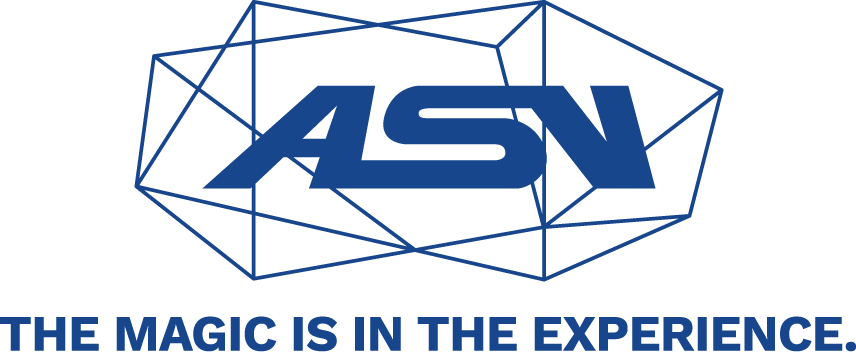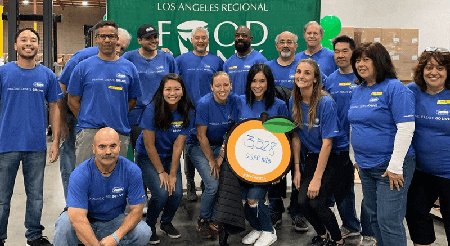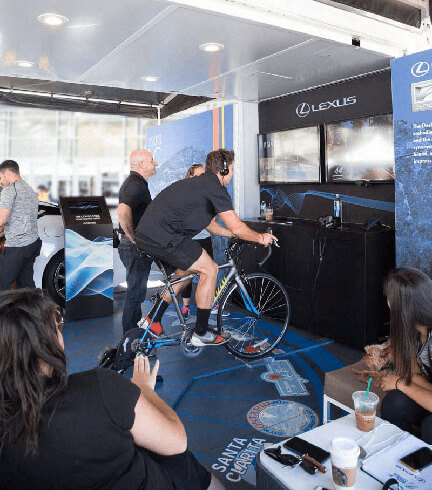Over the past 20 years, marketing has undergone a seismic shift: Experiences have become a key component of modern campaigns.
Several factors play into this transformation. The first is the availability of new platforms. Brands use everything from print, radio, and TV to digital, social, and virtual reality to reach their target audiences. Then there’s the ubiquity of analytics. With data readily available, brands know when, where, and how to appeal most to specific demographics.
But the biggest catalyst for change has to be the attitudes of the people marketers are trying to reach. According to Pew Research, Millennials are now the largest demographic in the U.S. — this is important because 72% of Millennials prefer to spend money on experiences rather than material things.
This young and powerful generation values experiences, so it was only a matter of time before everything became an experience — even marketing. Coupled with evolving technology, this emerging audience makes experiential marketing an important and useful tool.
More Than an Experience
This shift naturally leads us to one question: What is experiential marketing? It’s a live and in-person form of marketing. You put the campaign in the hands of consumers and allow them to create branded experiences on their terms.
Think of it as a choose-your-own-adventure book. Each aspect of an experiential campaign is designed to provide consumers with a unique experience (e.g., a photo booth) that organically leads to another interaction (e.g., a gaming station). The goal of this string of personalized experience is to leave a lasting impression on participants.
The positive association these interactions give consumers toward a brand is only one of the benefits of experiential marketing. Brands that leverage experiential marketing also enjoy:
1. Higher engagement levels. For the most part, experiential marketing is more engaging than traditional channels like print or TV. The reason comes down to the experience itself, which allows consumers to fully immerse themselves in a brand.
For example, an automotive client asked us to create an experiential campaign for its new sports car. We designed an experience inside a mobile trailer where participants received a 60-second, audio-only immersion in which they approached the vehicle, started its engine, and raced around a track like a professional driver.
We wanted to put participants in the middle of the action without giving too much away. We then opened the floor to give people the opportunity to guess the vehicle based only on the sound. Most participants guessed it was a ridiculously expensive vehicle like a Ferrari or Maserati. The surprise? The vehicle was a Lexus, a brand not typically known for its high-end sports cars. Most participants hadn’t heard about the Lexus LC 500, which retails for far less than the Ferrari or Maserati they assumed they were hearing. It was a big win for Lexus.
This twist built on the momentum of the demo and engaged participants further. Experiential campaigns draw in the target audience and leave them with a feeling that lasts long after a display concludes.
2. More activation points. Think about your last brand experience. Chances are it had multiple activations or interaction points, a possibility that isn’t available with traditional forms of marketing.
Each year, we support a client during several golf events. Attendees can participate in activations such as photo ops, treasure hunts, hole-in-one challenges, putting challenges, etc. With several options, people can choose an interaction and create an experience that is personal to them.
3. Greater innovation. If necessity is the mother of invention, then possibility is the mother of innovation. With a bevy of technologies now available, it’s possible to leverage the latest and greatest to deliver truly innovative stories through your next experience.
Supporting one of our clients at its cycling sponsorships, our company helped design a virtual cycling challenge. We used VR to simulate a short-course race with turns, hills, and virtual competitors for a chance to win prizes.
The client also created a virtual ride-along video with a professional cyclist that allowed participants to interact with their surroundings freely. Technologies helped highlight similar solutions that the brand used in its own products, further supported by custom-made bicycles designed to demonstrate the brand’s capabilities.
4. Deeper analytics. Traditional marketing campaigns usually deliver results weeks (or months) later. Experiential marketing does this in real time thanks to on-site observations and surveys, which enables brands to make improvements and inform future decisions.
We worked with a client at an upscale lifestyle event that used on-site surveys to determine the appropriate level of hospitality for guests. Details included food service, beverage brands, portion sizes, start and end times, etc. As a result, the brand was able to make adjustments in time for the next day’s events.
The experience is just the beginning for both consumer and brand. Done well, these experiences can build a lasting connection with the people who matter most and eventually lead to something every brand wants — loyalty.








